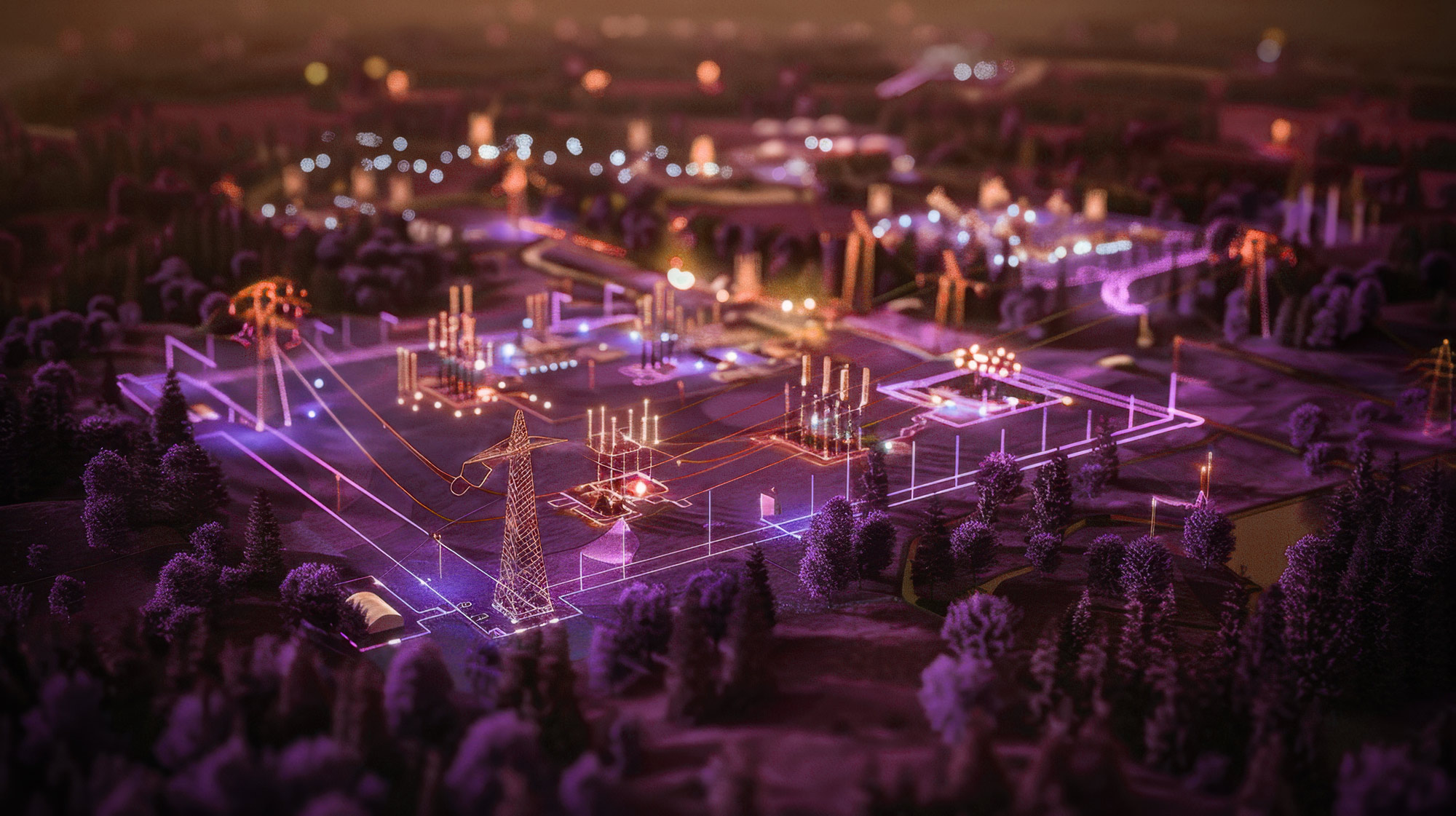Our Electric Future
Focuses on U.S. minerals and connected supply chain technologies
Trump’s National Energy Emergency and the Electrical Grid
The future of Next Generation EV’s
President Trump recently declared a national energy emergency, emphasising the urgent need to enhance the United States’ energy infrastructure and achieve energy independence. Treasury Secretary Scott Bessent highlighted that the U.S. is in an “energy race” with China, underscoring the importance of securing domestic energy resources and developing a dynamic reliable electrical grid. This declaration aims to address the inadequacies in the current energy supply and infrastructure, which have led to high energy prices and an unreliable grid. The executive order highlights the importance of a reliable, diversified, and affordable energy supply for national security and economic stability. A key component of this initiative is the modernization and expansion of the electrical grid to ensure it can meet the increasing demand for energy. The administration is also committed to lowering red tape and regulations to expedite the approval process for mines and other critical infrastructure projects in order to achieve its goals.

Need for Smarter Electrical Grids
Rapidly Expanding Market

With the anticipated increase in energy consumption across North America, the need for smarter, more dynamic electrical grids is fundamental. The evolving energy landscape, driven by the growth of electric vehicles and AI data centres, demands more energy from a dynamic grid that can adapt to varying energy needs and integrate a diverse energy mix, including transient renewable energy sources.
Copper and Lithium, among other critical minerals and metals, will play a pivotal role in this energy transformation, providing the necessary energy storage solutions to support the development of a more resilient and efficient grid. The administration’s ambitions include the $500 billion Stargate Project, a joint venture by OpenAI, Oracle, and SoftBank, aimed at building AI data centres and clean energy facilities across the U.S. This project is expected to create 100,000 jobs and significantly boost the energy infrastructure.

